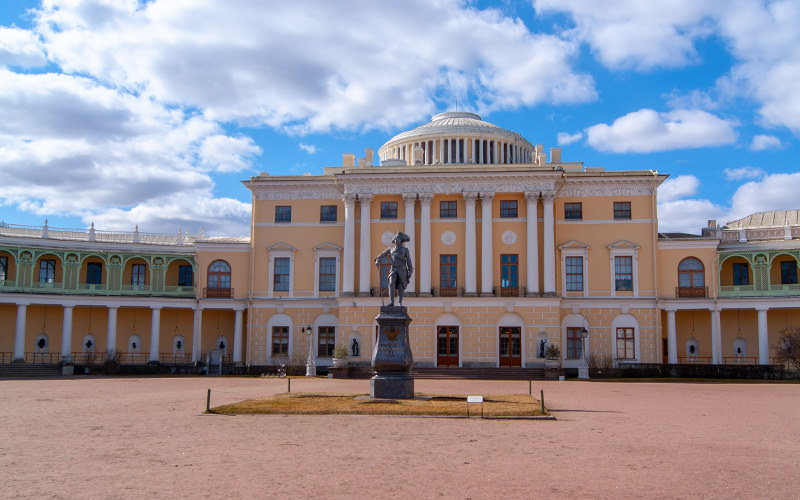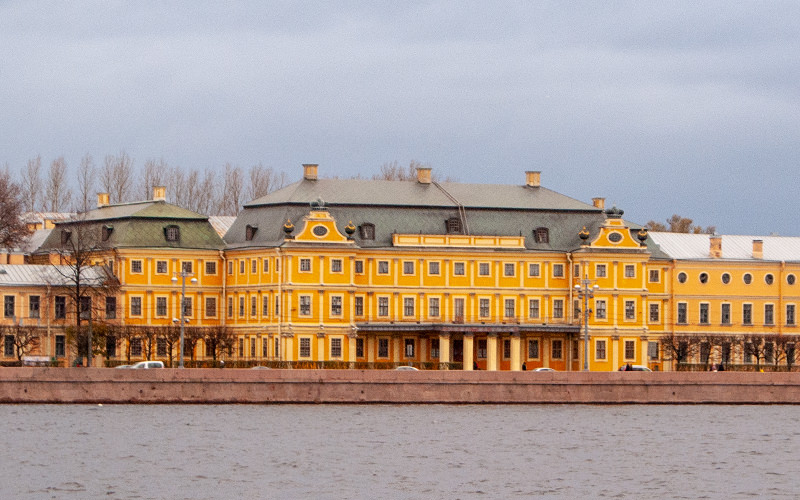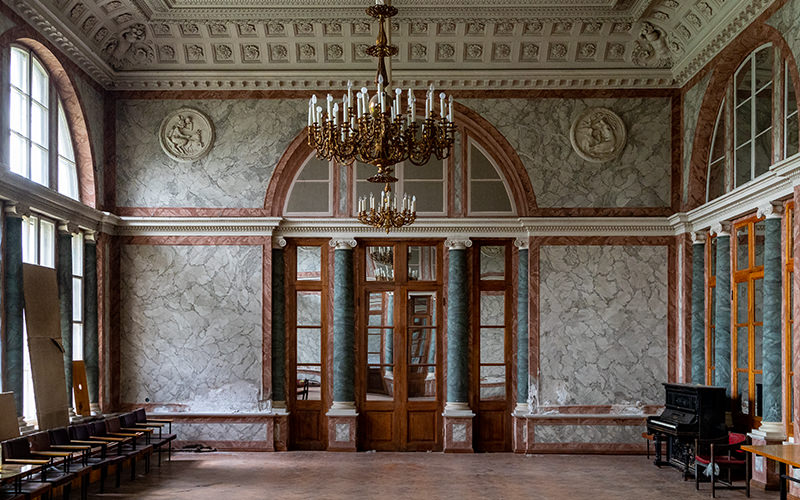In St. Petersburg, on Chaikovskogo Street, there is a remarkable architectural monument—the two-story Kelkh Mansion. As you pass by, you might overlook this building as it doesn’t stand out much from the surrounding structures. However, inside, there are real treasures—unique interiors from the late 19th century that have been preserved to this day.

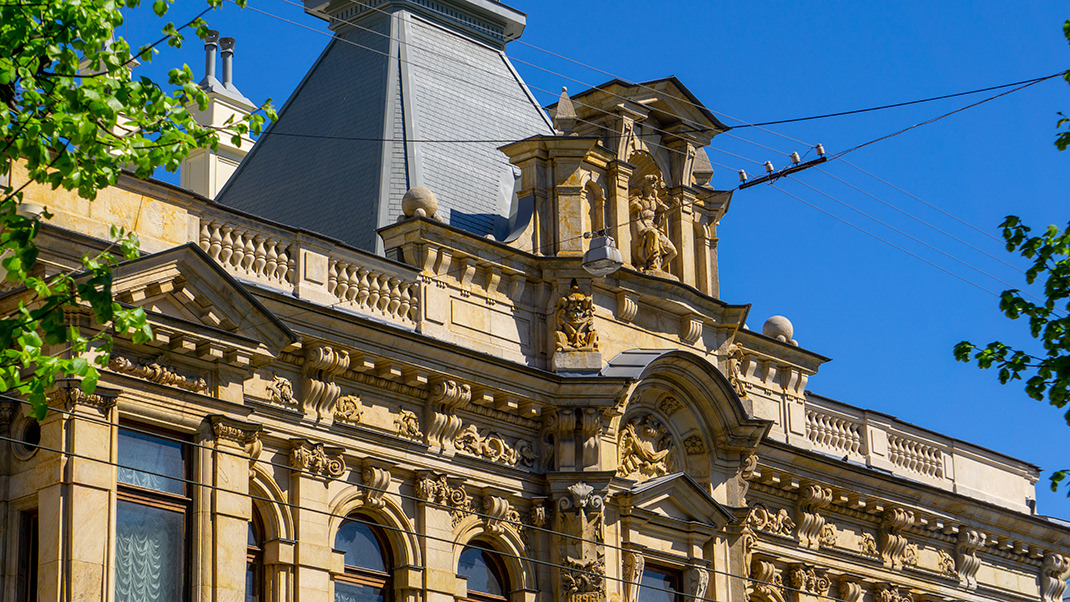

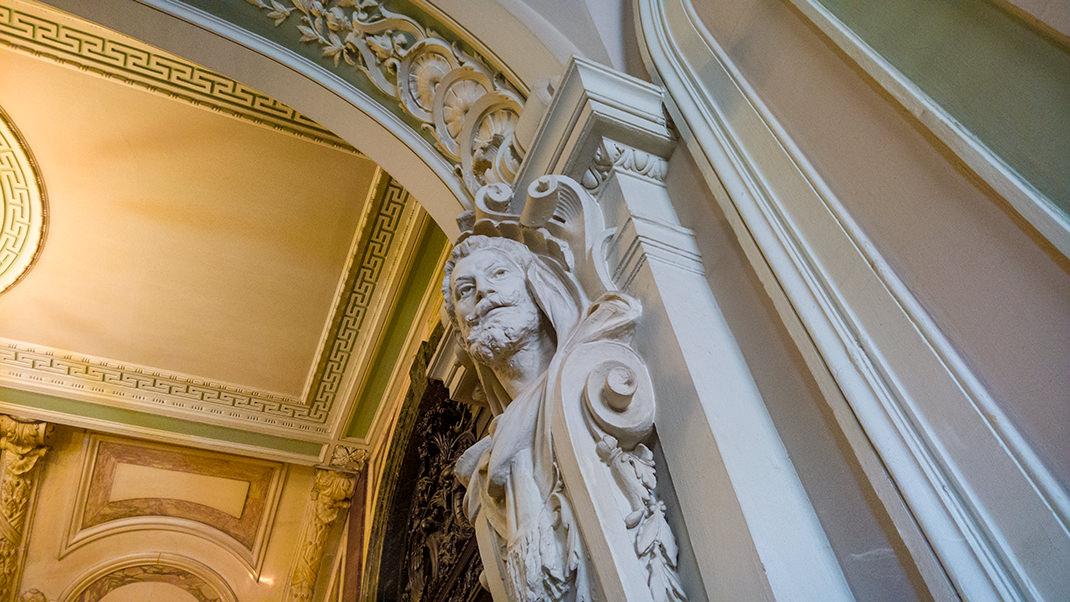
Tour
Unfortunately, there is no free access to the mansion—it can only be visited with a guided tour.
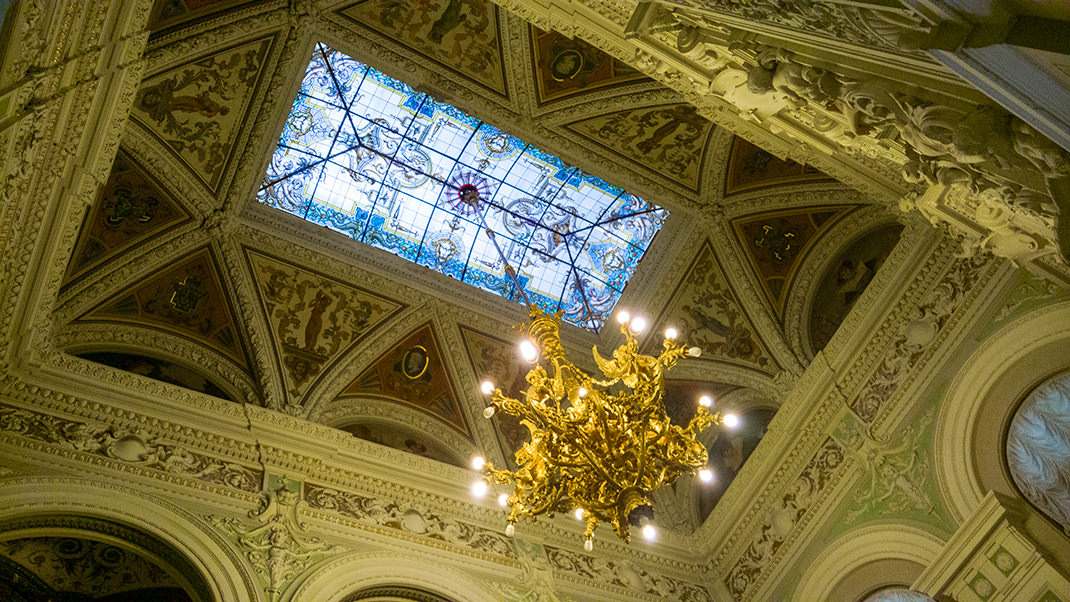
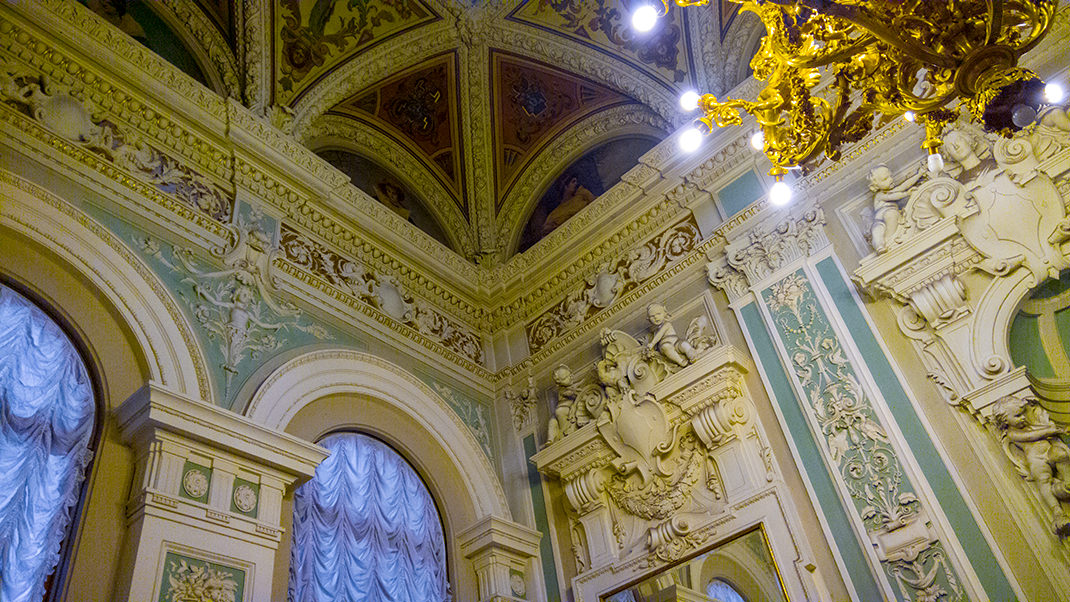
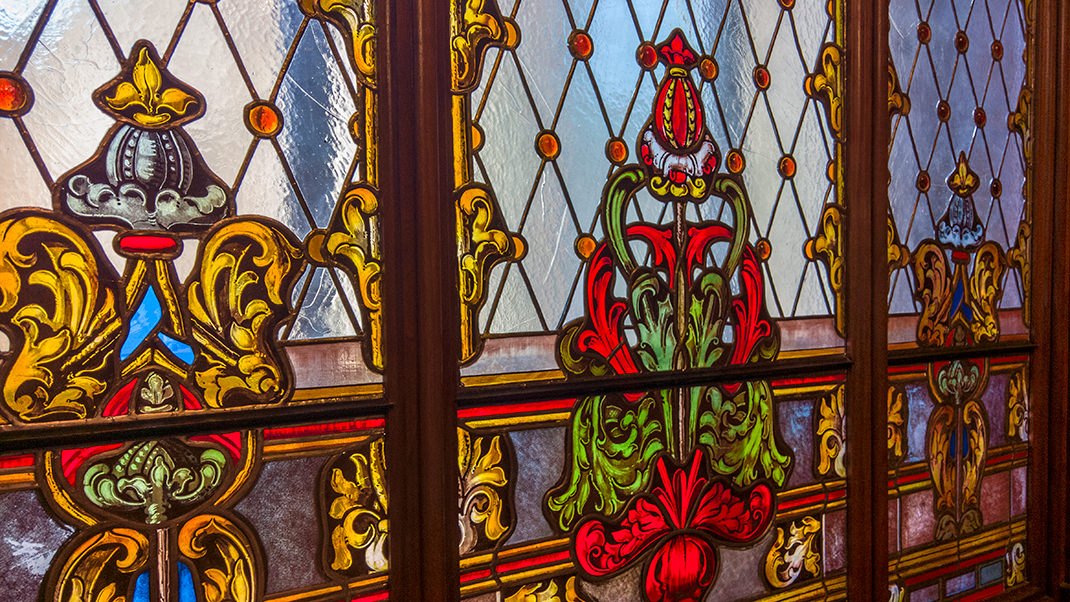
Getting to the mansion is quite simple; it’s about a ten-minute walk from the “Chernyshevskaya” metro station. The address of the building is Chaikovskogo Street, 28.
A Bit of History
In the mid-19th century, the land where the mansion now stands was purchased by Greek consul Ivan Yegorovich Kondoyanaki, who built a two-story mansion on this site. However, just a few decades later, at the end of the century, the building was acquired and remodeled by the Kelkh family—Varvara and Alexander. The owners spared no expense on the renovations; only natural expensive materials were used in the interior design.
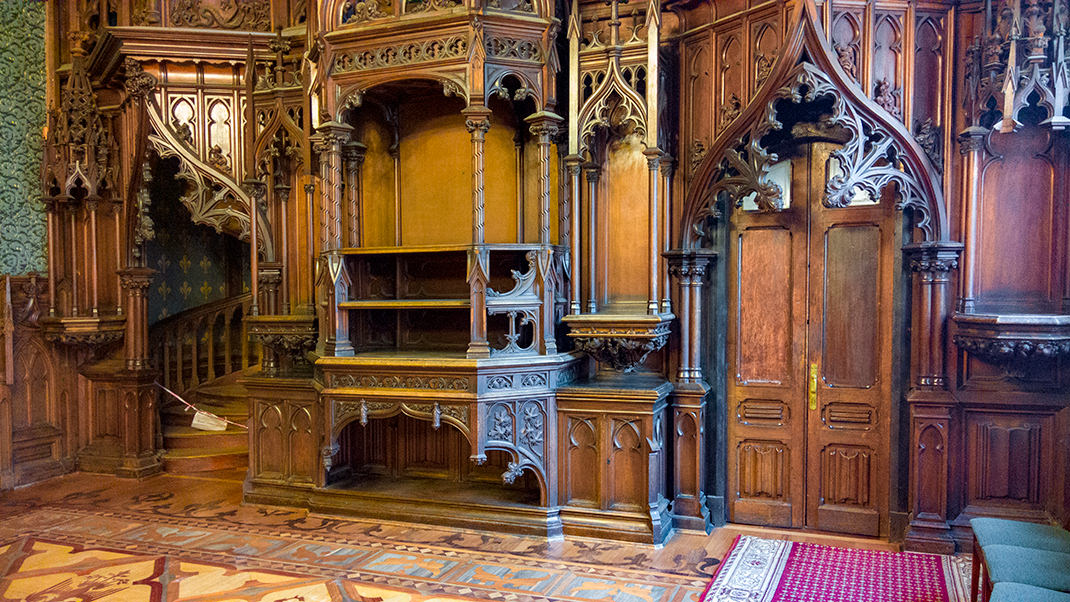

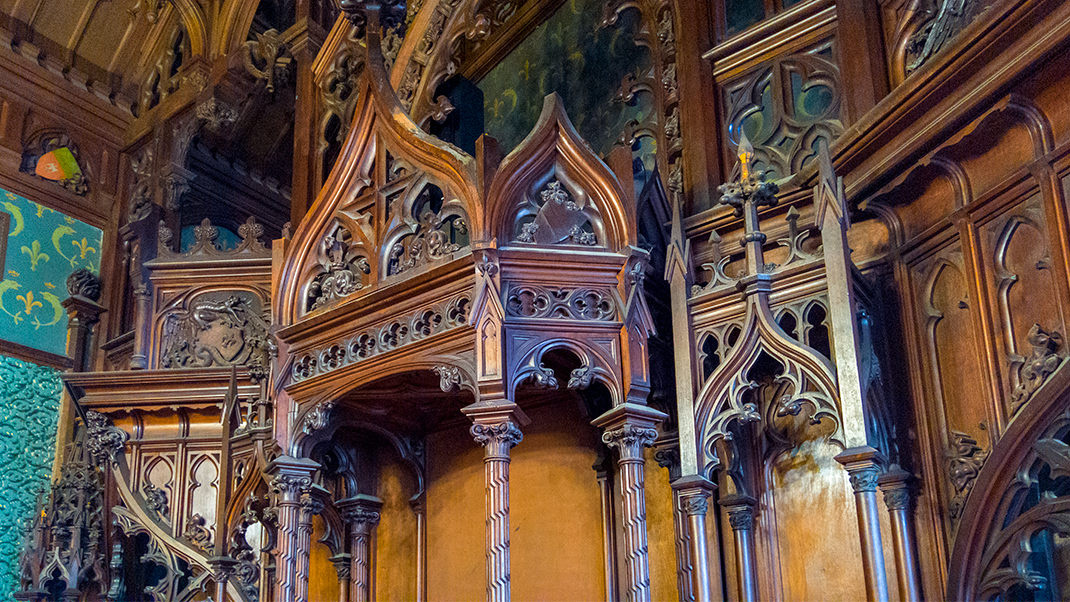
The Kelkhs owned the mansion for a very short time. The completion of its reconstruction was in 1897, and by 1908, the building was sold to a new owner—Ivan Aleksandrov. The reason for the sale of the mansion is quite mundane: Alexander Ferdinandovich simply did not have the money to maintain it.
One cannot help but mention the Kelkhs family, as their relationship history is quite unusual. Varvara Petrovna Kelkh (Bazanova), the heiress of Siberian gold mines, factories, and steamboat companies, married a German who had assimilated into Russian culture, Nikolai Ferdinandovich Kelkh, in 1892. Their marriage lasted only a short time; two years later, Varvara Petrovna's husband died. After his death, she remarried, this time to his brother, Alexander.
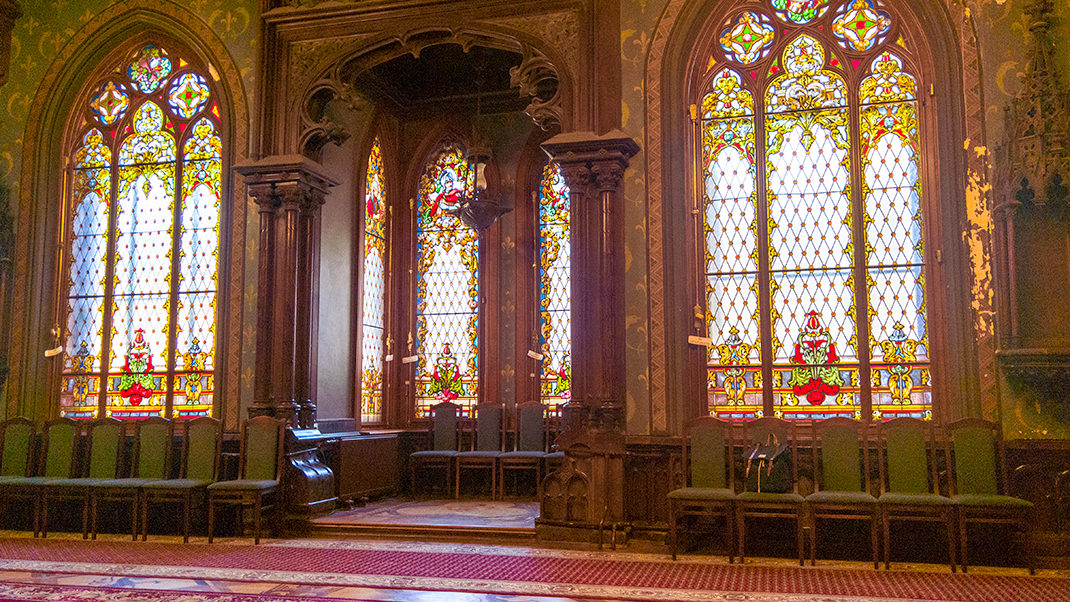
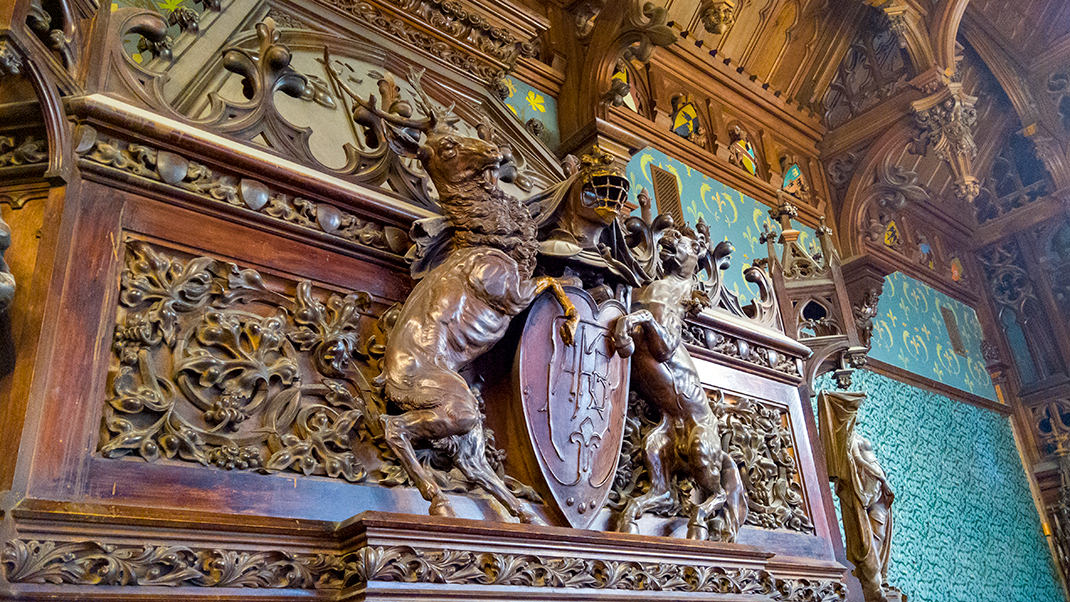

Historical sources contain no memories of any receptions or gatherings taking place at the Kelkh house; they did not invite guests. In fact, Varvara Petrovna left her husband and children in 1904 and moved to Paris. Overall, it is difficult to characterize their marriage as happy. But let's return to the history of the mansion.
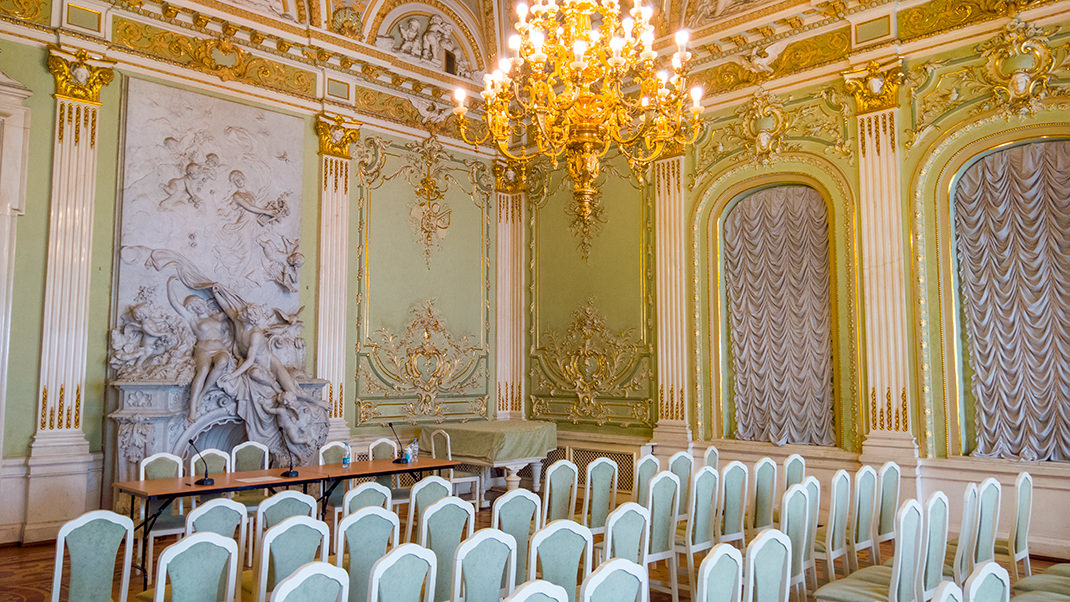
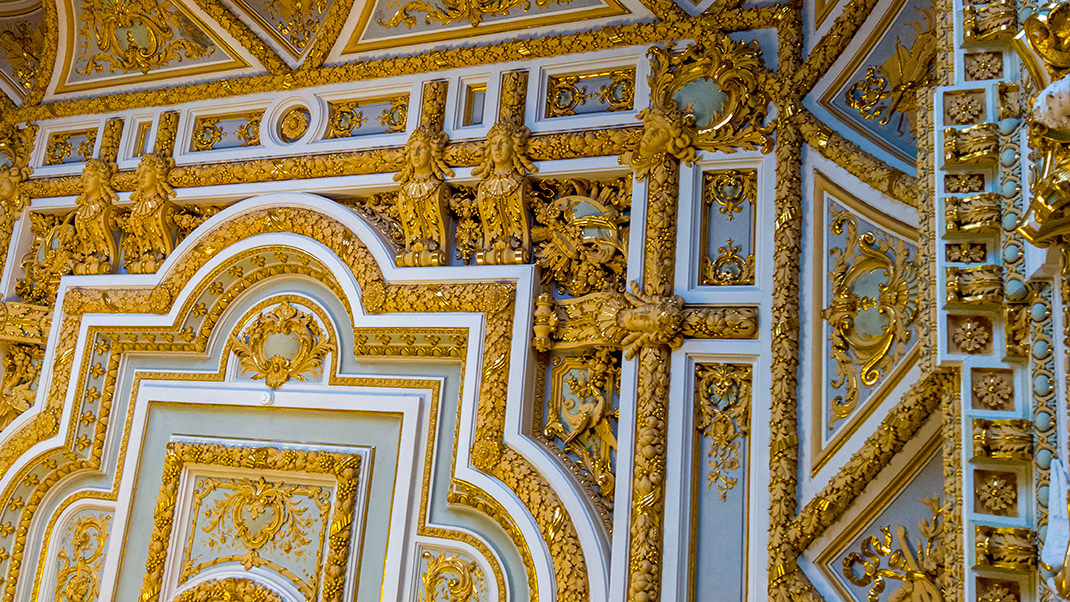
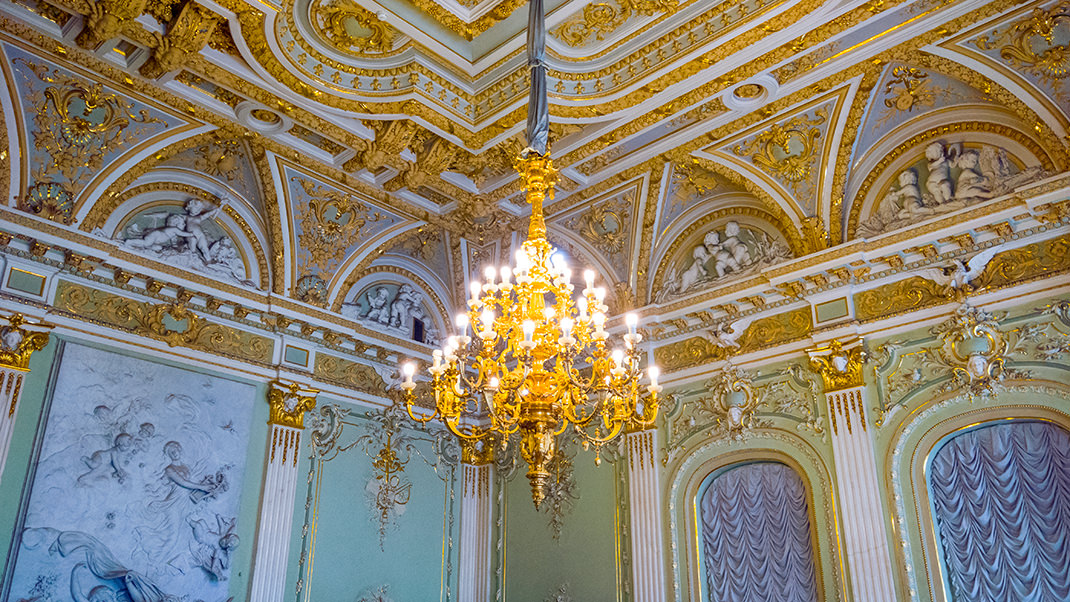
After the revolution, the building was nationalized. From the 1920s onward, it housed the School of Screen Arts, which later became a Film School and Film Institute. Since 1936, the mansion was home to the Dzerzhinsky District Committee of the Party. Today, the building is called the “Lawyer’s House,” where advanced training courses for lawyers and prosecutors are held.
In summary:
- Access to the mansion is only possible through a guided tour;
- The tour is conducted by Nina Naumovna Zhervé, an employee of the St. Petersburg State University History Museum, and a true professional in her field;
- Photography is allowed in all rooms, which is undoubtedly a significant plus.


